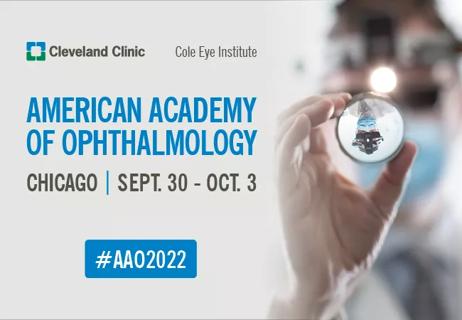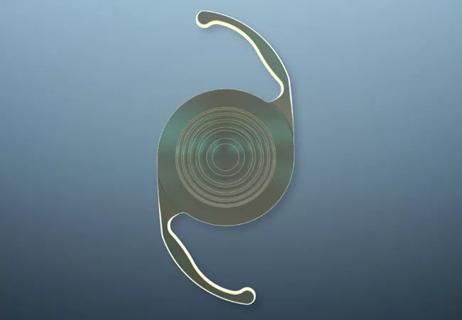Advertisement
Reflections on a decade in medical publishing

Andrew Schachat, MD, Vice Chairman for Clinical Affairs at the Cole Eye Institute and Director of Clinical Research, recently stepped down after 10 years of service as Editor-in-Chief of one of the premier journals in the field of ophthalmology, the American Academy of Ophthalmology’s Ophthalmology.
Advertisement
Cleveland Clinic is a non-profit academic medical center. Advertising on our site helps support our mission. We do not endorse non-Cleveland Clinic products or services. Policy

During that time, Dr. Schachat has not only seen significant medical changes within ophthalmology, but had helped to usher in those changes. In addition to his own practice in clinical research, his editorial position was critical to relaying those changes to those practicing and performing research in the field. “I had the good fortune to be editor of Ophthalmology during a time of transition from paper publishing to a web-based manuscript management system,” says Dr. Schachat. The consequences of that shift include reducing by 75 percent the time it takes to review a submitted paper. The median time to decision-making once a manuscript is received is now approximately 30 days. “The journal, authors and readers have all benefited from that because we all want timely information,” he adds. “And not only has production gone electronic, but so has digestion of the material.” Although 30,000 copies of Ophthalmology are mailed monthly, most of the articles are consumed online.
Since 2003, Dr. Schachat has overseen a significant transition to an increasingly international readership. Today, of the approximately 1,800 manuscripts received yearly at the journal, 72 percent of them are from an international primary author, compared with about half of the manuscripts submitted in 1999. And about half of the journal’s readers are non-U.S. subscribers. “Much of ophthalmology has become very international, and
we are really learning much more from each other,” he says. “I think electronic access is largely responsible for that, and it is something that has been exciting to participate in as editor of Ophthalmology.”
Advertisement
Advancements in the treatment of certain eye diseases have been particularly striking. In the last three to four years, Dr. Schachat noted tremendous strides related to new drugs and new treatments in leading retinal diseases such as macular degeneration and diabetic retinopathy. When Dr. Schachat became Editor-in-Chief, the field of ophthalmology lacked an anti-VEGF therapy. “When I became editor, 90 percent of patients with macular degeneration lost vision,” he recalls. “Now, anti-VEGF therapy is the norm, and 90 percent of treated patients have stable disease.”
The surge in refractive surgery over the past decade has continued as more patients choose elective laser surgery to eliminate the need to wear glasses. The results have been so successful that patients who are inconvenienced by eyewear now consider the treatment normative.
Looking forward, Dr. Schachat embraces the “absolute revolution” in the number of papers related to genetics of eye diseases. “We don’t have treatments yet but there has been a revolution in figuring out what the defect is or what has gone wrong,” he says. “I think in the next 10 to 20 years we should see an explosion in targeted therapies for genetic diseases.” He is also encouraged by the engineering tour de force exhibited in artificial retina devices. “I think in the next 10 years, if that moves ahead at a third or even a tenth of the pace that computers moved ahead, there are going to be tremendous advances for patients.” He is also hopeful that the increasingly large amount of data and promise in understanding the underlying mechanisms involved in glaucoma will result in significant leaps in glaucoma therapy.
Advertisement
“It has been a privilege to serve as the Editor-in-Chief of Ophthalmology,” says Dr. Schachat, who will remain on the journal’s editorial board and continue to manage retina related manuscripts. “It has been a fantastic opportunity to have been in a leadership role at a time when both the business of medical publishing and the treatment of some important eye diseases have changed so substantially.”
Advertisement
Advertisement

Cole Eye Institute imaging specialists are equal parts technician, artist and diagnostician

Innovative work earns ASRS and Macula Society awards for Justis P. Ehlers, MD

Speakers and topics for Booth 3254

Former internship year now includes specialization in eye care

The art of refractive cataract surgery

Is disorganization of retinal inner layers (DRIL) a useful prognostic indicator?

ASRS recognizes Rishi P. Singh, MD, for work in diabetic eye disease

Major address at American Academy of Ophthalmology Meeting